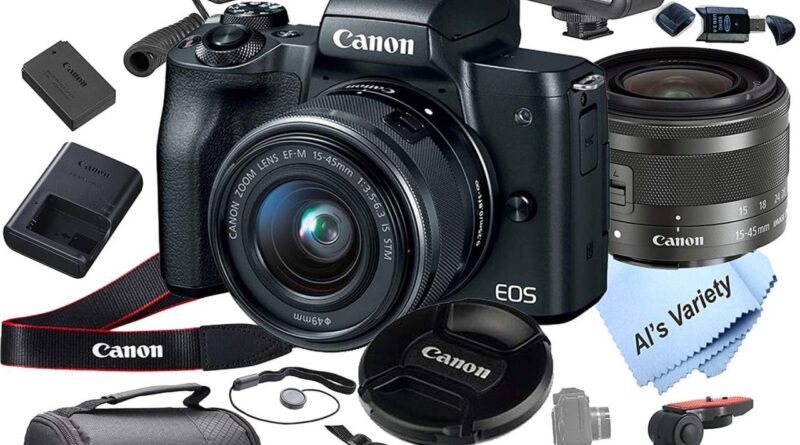The Ultimate Guide To Digital Camera Kits: Everything You Need To Know
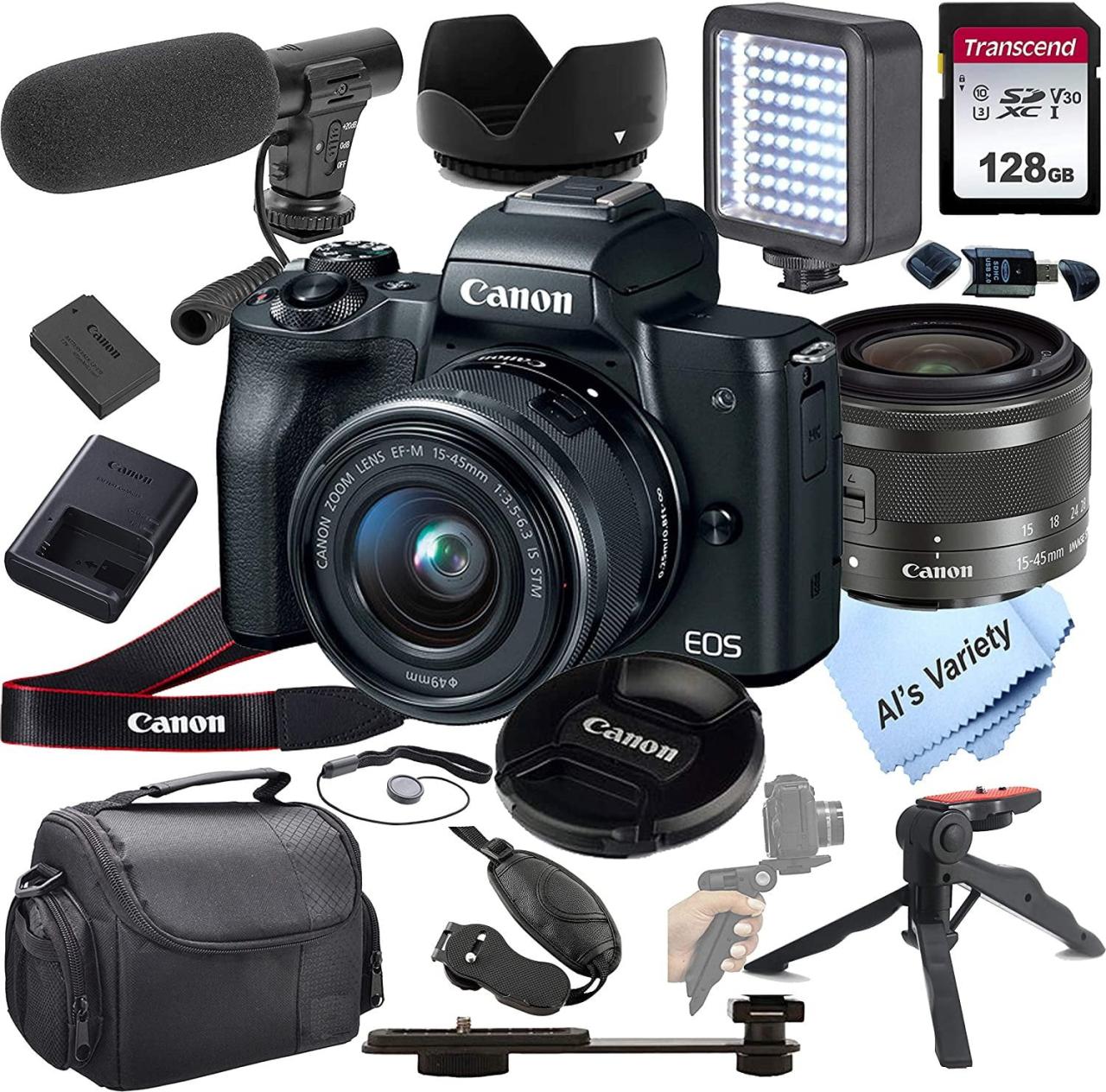
The Ultimate Guide to Digital Camera Kits: Everything You Need to Know
In the realm of photography, having the right gear can make all the difference in capturing stunning images. Whether you’re a seasoned professional or just starting your photographic journey, investing in a comprehensive digital camera kit can elevate your photography to new heights. This guide will delve into the essential components of a digital camera kit, providing you with the knowledge to make informed decisions and assemble the perfect kit for your specific needs.
Essential Components of a Digital Camera Kit
1. Camera Body
The camera body is the heart of your kit, housing the sensor, processor, and other vital components. When selecting a camera body, consider the following factors:
- Sensor Type: Choose between full-frame, APS-C, or Micro Four Thirds sensors, each offering different image quality and performance characteristics.
- Resolution: Measured in megapixels, resolution determines the level of detail captured in your images.
- Autofocus System: Look for cameras with fast and accurate autofocus systems, especially if you shoot moving subjects.
- ISO Range: The ISO range indicates the camera’s sensitivity to light, allowing you to shoot in various lighting conditions.
- Frame Rate: For capturing fast-moving action, consider cameras with high frame rates.
2. Lenses
Lenses are interchangeable optics that control the field of view, aperture, and focal length. Choose lenses based on your shooting style and subject matter:
- Prime Lenses: Fixed focal length lenses offer superior image quality and wider apertures for shallow depth of field.
- Zoom Lenses: Versatile lenses that allow you to adjust the focal length, providing flexibility in framing your shots.
- Wide-Angle Lenses: Capture expansive scenes, landscapes, and group shots.
- Telephoto Lenses: Bring distant subjects closer, ideal for wildlife, sports, and portraits.
- Macro Lenses: Capture extreme close-ups, revealing intricate details.
3. Memory Cards
Memory cards store your captured images and videos. Choose cards with sufficient capacity, speed, and durability:
- Capacity: Measured in gigabytes (GB), ensure you have enough space to store your photos and videos.
- Speed: Look for cards with high read/write speeds to minimize buffer times and capture bursts of images.
- Durability: Consider cards with weather-resistant and shockproof features for harsh shooting conditions.
4. Batteries
Batteries power your camera, so it’s crucial to have spare batteries on hand:
- Battery Type: Different cameras use different battery types. Check your camera’s specifications to determine the correct battery.
- Capacity: Choose batteries with high milliamp-hours (mAh) ratings for extended shooting sessions.
- Charger: Invest in a reliable battery charger to keep your batteries charged and ready to use.
5. Tripod
A tripod stabilizes your camera, reducing camera shake and allowing for longer exposures:
- Material: Choose tripods made from lightweight yet durable materials like aluminum or carbon fiber.
- Height: Consider the height of the tripod and its ability to accommodate your shooting style.
- Head: Select a tripod head that provides smooth and precise camera movements.
Additional Accessories for Enhanced Photography
1. Filters
Filters can enhance your images by modifying light, color, and contrast:
- Polarizing Filters: Reduce glare and reflections, enhancing colors and contrast.
- Neutral Density Filters: Reduce light intensity, allowing for longer exposures in bright conditions.
- Graduated Neutral Density Filters: Create a gradual transition from dark to light areas, balancing exposure in scenes with high dynamic range.
2. Flash
A flash provides additional illumination, allowing you to shoot in low-light conditions:
- Built-In Flash: Most cameras have built-in flashes, but they can be limited in power and range.
- External Flash: External flashes offer more power, flexibility, and control over lighting.
3. Camera Bag
A camera bag protects your gear from damage and makes it easy to transport:
- Size: Choose a bag that fits your camera body, lenses, and accessories comfortably.
- Material: Consider bags made from durable and weather-resistant materials.
- Compartments: Look for bags with multiple compartments and dividers to organize your gear.
4. Lens Hood
A lens hood blocks stray light from entering the lens, reducing lens flare and improving image quality:
- Shape: Choose a lens hood that matches the shape of your lens.
- Material: Lens hoods are typically made from plastic or metal.
- Size: Select a lens hood that extends beyond the front element of your lens.
5. Cleaning Kit
A cleaning kit helps maintain your camera and lenses in pristine condition:
- Lens Cleaner: Use a specialized lens cleaner to remove fingerprints, dust, and smudges.
- Lens Brush: A soft lens brush gently removes loose particles from your lenses.
- Sensor Cleaning Kit: Clean your camera’s sensor to prevent dust and debris from affecting image quality.
Choosing the Right Kit for Your Needs
The ideal digital camera kit depends on your specific photography style and requirements. Consider the following factors when selecting a kit:
- Budget: Determine your budget and allocate funds accordingly.
- Shooting Style: Identify the types of photography you enjoy, such as landscape, portrait, or wildlife.
- Skill Level: Choose a kit that matches your current skill level and allows for growth.
- Future Plans: Consider your future photography goals and invest in a kit that can support your aspirations.
Conclusion
Assembling a comprehensive digital camera kit is an investment in your photography journey. By understanding the essential components and additional accessories, you can tailor a kit that empowers you to capture stunning images and elevate your photographic skills. Remember to consider your specific needs, budget, and shooting style to create the perfect kit for your photographic adventures.
5 Essential Products for Digital Camera Enthusiasts
1. Camera Bag
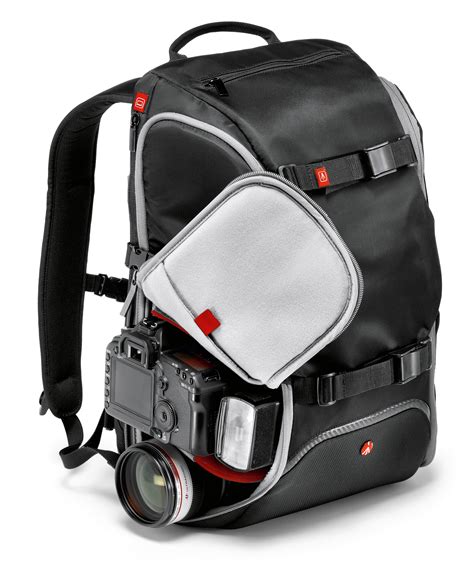
A camera bag is essential for protecting your camera and lenses from the elements and accidental damage. Look for a bag that is durable, weather-resistant, and has plenty of compartments for your gear.
2. Tripod
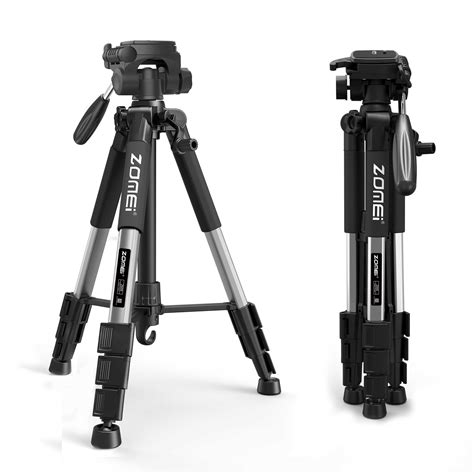
A tripod is essential for stable shots, especially in low-light conditions. Look for a tripod that is sturdy, lightweight, and easy to set up.
3. Lens Filter Kit
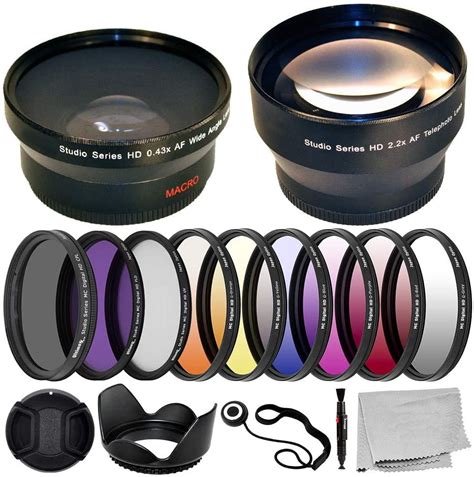
A lens filter kit can help you improve the quality of your photos by reducing glare, protecting your lens from scratches, and adding creative effects. Look for a kit that includes a variety of filters, such as a UV filter, polarizing filter, and neutral density filter.
4. Memory Card

A memory card is essential for storing your photos and videos. Look for a memory card that is fast, reliable, and has enough capacity for your needs.
5. External Flash
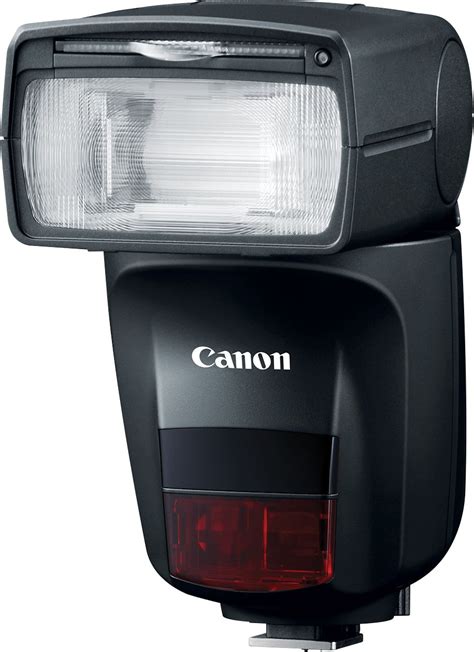
An external flash can help you improve the lighting in your photos, especially in low-light conditions. Look for a flash that is compatible with your camera and has adjustable power settings.
